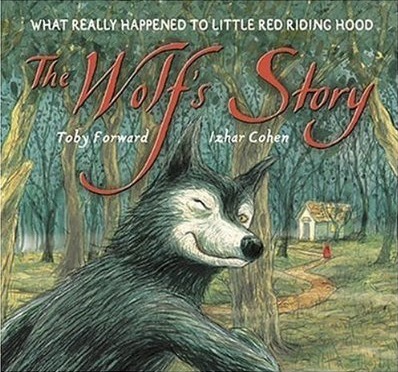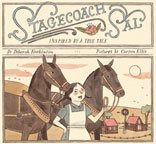
Walking to School: A Story from Northern Ireland by Eve Bunting, Clarion Books, 2008, ISBN 0-618-26144-3
When the path to 8-year-old Allison's Catholic school goes through hostile Protestant territory in Belfast, Northern Ireland, Allison finds she is not alone in her loathing of the situation. Beautifully written and illustrated, and a great way to tell the story of an historic situation without being boring.
Main idea: small act of kindness goes a long way.
Point of view: Catholic vs. Protestant; children really are the same (could be friends "if grown-ups would let us").
This book is mentioned in a great blog: A Year of Reading.








